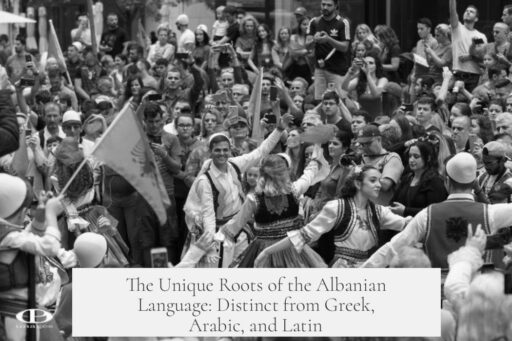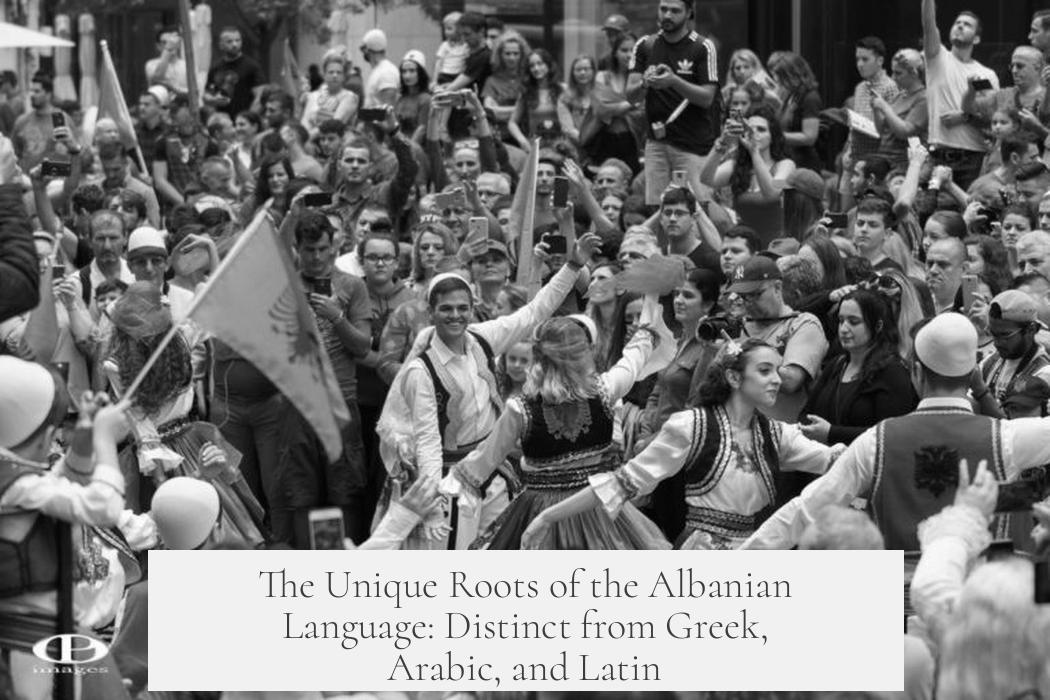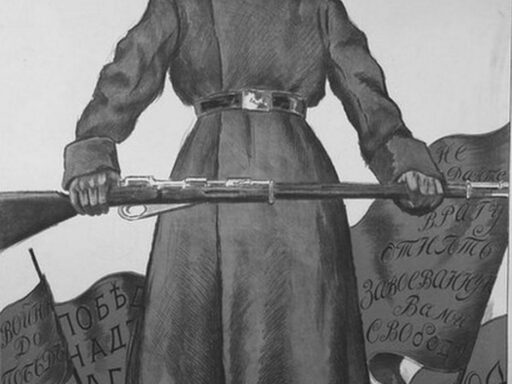The Albanian language has no direct ties to Greek, Arabic, or Latin because it forms its own distinct branch within the Indo-European language family, developing independently from these languages. Its unique origins and structure set it apart despite historical interactions and vocabulary borrowing.
Albanian stands as an independent branch on the Indo-European language tree. Unlike Latin and Greek, which share closer genealogical relationships, Albanian’s lineage points to a separate evolution. This separation means Albanian is not a descendant or derivative of Latin or Greek but rather an autonomous language that emerged through its own historical and linguistic path.
The origins of Proto-Albanian, the ancestor of modern Albanian, remain debated. Some scholars propose a link to the ancient Illyrian language, spoken along the eastern Adriatic coast, but this connection is controversial. Others argue Albanian developed in different regions, such as near the southern Carpathian Mountains. This uncertain origin suggests Albanian’s roots do not lie directly with Greek or Latin languages.
There are significant linguistic clues supporting this independent origin. Albanian lacks native vocabulary to describe Illyrian toponyms and maritime concepts. For example, Albanian borrows many terms related to the sea—such as “shark,” “boat,” and “sea”—directly from Latin or Greek rather than preserving indigenous equivalents. This borrowing pattern implies Albanians did not originally inhabit coastal or Illyrian homelands, lending weight against a direct genealogical link.
Furthermore, Albanian is only related to Greek and Latin through its shared Indo-European ancestry. All three languages belong to this vast family but branch off early and separately. This ancestry means Albanian shares some distant structural and lexical roots with Greek and Latin but does not descend from or closely link to them. It remains a unique Indo-European language rather than a dialect or offshoot.
The complex history of the Balkan region has exposed Albanian to numerous foreign influences. Throughout history, Albanian-speaking territories were ruled by the Roman Empire, the Byzantine Empire (Eastern Roman), Bulgars, Serbs, and later the Ottoman Turks. These dominations brought extensive lexical borrowing from Latin, Greek, Turkish, and Arabic into Albanian vocabulary.
Despite these borrowings, Albanian’s core grammar and syntactic structure remain distinct. Loanwords enhanced the lexicon but did not fundamentally alter the language’s identity. This makes Albanian a resilient and unique language, reflecting a millennium of contact while maintaining its linguistic independence.
Albanian dialects themselves demonstrate the influence of both Latin and Greek. The Tosk dialect, spoken in southern Albania, is more influenced by Greek, whereas the Gheg dialect, common in the north, shows more Latin influence. This phenomenon shows the impact of historical contact rather than genetic origin. These borrowings enrich the language but do not indicate that Albanian is derived from either Greek or Latin.
| Points | Details |
|---|---|
| Distinct Branch | Albanian forms its own Indo-European branch, separate from Greek and Latin. |
| Debated Origins | Proto-Albanian’s exact source is unknown; links to Illyrian are not confirmed. |
| Borrowed Vocabulary | Many coastal and maritime terms come from Greek or Latin, indicating no native origin. |
| Shared Ancestry | Albanian shares distant Indo-European roots with Latin and Greek but no direct descent. |
| Historical Influences | Conquest and foreign rule introduced loanwords but kept core grammar intact. |
| Dialectal Influence | Albanian dialects reflect Greek and Latin contact but do not originate from them. |
Albanian’s status as a unique Indo-European language, combined with its unclear origins and substantial borrowing due to historical context, explains why it does not have direct ties to Greek, Arabic, or Latin. Rather than descending from these languages, Albanian evolved independently while absorbing external influences over centuries.
- Albanian forms a separate branch of the Indo-European language family, not derived from Greek or Latin.
- Its proto-language is debated, with no confirmed link to Illyrian or other ancient coastal languages.
- The language lacks native terms for coastal features, borrowing these from Greek and Latin instead.
- Despite many loanwords from foreign rulers, Albanian’s core grammar remains unique.
- Dialectal variations show Greek and Latin influence without implying origins in those languages.
Why Does the Albanian Language Have No Ties to Greek, Arabic, or Latin?
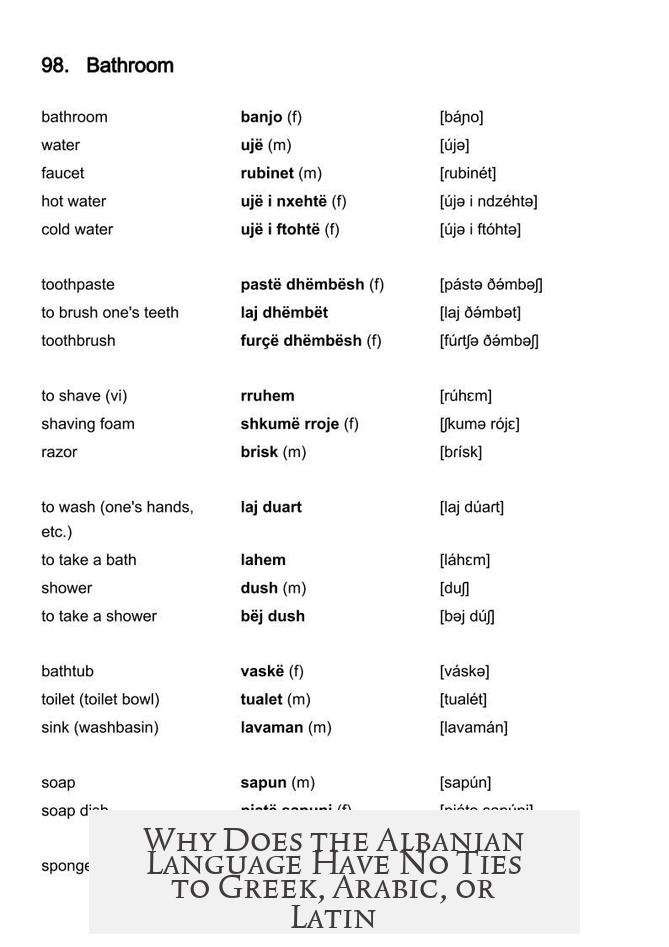
Simply put, the Albanian language stands apart as a unique branch of the Indo-European family. It doesn’t trace its roots directly to Greek, Arabic, or Latin. Instead, Albanian evolved independently, which explains why it feels like an outsider among Mediterranean languages despite being surrounded by them for centuries.
Now, let’s dive deeper. Why does Albanian seem so distinct? First off, Albanian doesn’t fall neatly under the well-known language families like Greek or Latin. It has its own place on the Indo-European tree. Imagine the language tree as a big family reunion. Everyone shares an ancestor, but some cousins don’t borrow your clothes or mannerisms—and Albanian is exactly that kind of cousin.
A Separate Branch on the Indo-European Tree
Albanian sits on a separate branch of the Indo-European languages. This classification means it didn’t just sprout from Greek or Latin like their dialectical branches did. It’s more like a sibling with a shared grandparent far in the past, rather than a direct child. This makes Albanian one of Europe’s oldest surviving languages, maintaining a distinct identity for thousands of years.
Greek and Latin, by contrast, have their own clearly defined branches and have influenced many languages (hello, Romance languages). But Albanian is like that stubborn sibling who refused to follow the trends and instead carved out its own niche.
The Debate Over Proto-Albanian’s Origins
If you ask scholars where Proto-Albanian—the earliest form of the language—came from, get ready for a lively debate. Some link it to the ancient Illyrians who lived along the Eastern Adriatic coast. Others, like Vladimir Orel, argue that its roots lie elsewhere, possibly around the southern Carpathian mountains, far from Greek or Latin sphere of influence.
Why the debate? Because the linguistic evidence is all over the place. Albanian lacks native terms for coastal features and Illyrian place names, yet it borrows heavily from Latin and Greek for maritime vocabulary—words for “shark,” “boat,” and “sea,” for example.
This suggests, surprisingly, that early Albanian speakers probably did not live on the Adriatic coast. If this is true, Albanian isn’t a direct linguistic descendant of Illyrian or a coastal language, but something quite unique that developed inland and later borrowed seafaring terms from neighbors.
Indirect Connections Through Borrowing, Not Origins
Does Albanian have any links to Latin, Greek, or Arabic at all? Of course! But here’s the catch: these are all loanwords, not inherited vocabulary. During the Roman Empire’s dominance, then the Byzantine and Ottoman periods, Albanian absorbed words from many languages due to political control and everyday interactions.
For instance, the Ottoman Empire’s 500-year reign introduced numerous Turkish terms, while the earlier Roman and Byzantine conquests brought Latin and Greek influences. These borrowed words enriched Albanian’s vocabulary without changing its grammar or core structure.
It’s kind of like adding new spices to an old recipe without changing the dish itself.
Dialect Differences: Shows of Historical Contact, Not Origins
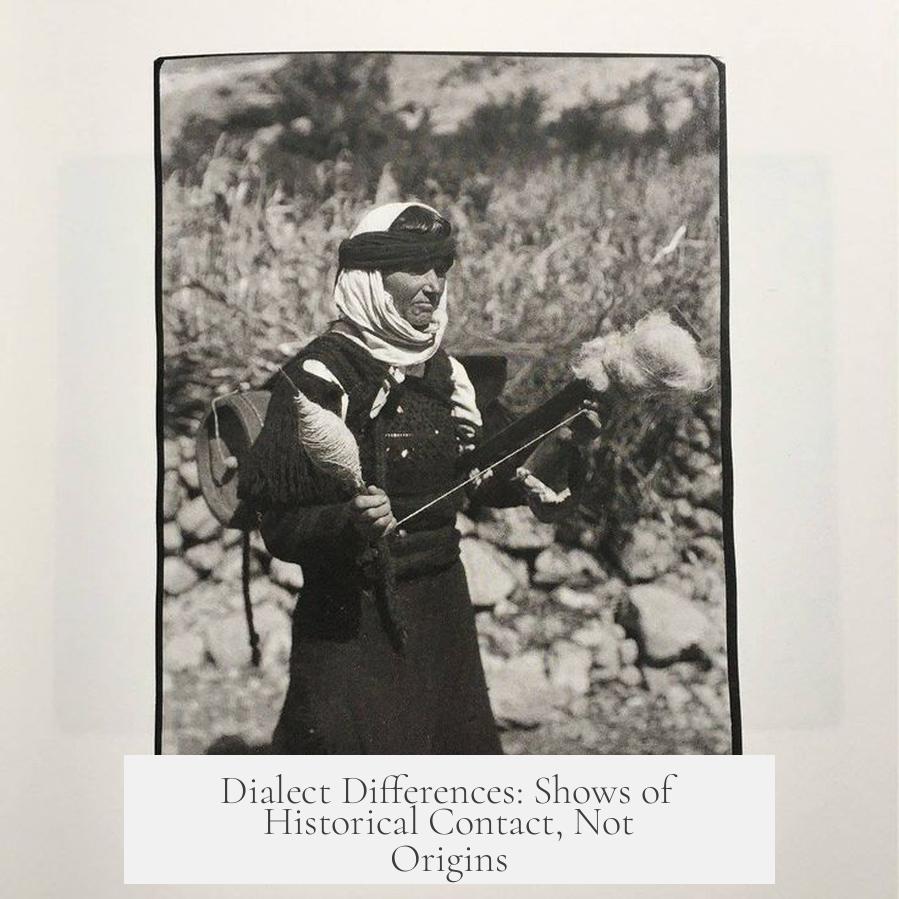
Albanian’s two main dialects—Tosk and Gheg—bear marks of Greek and Latin influence respectively. Tosk Albanian, spoken in the south, shows more Greek loanwords, while Gheg, in the north, has more Latin influence.
But these mistrusts of external influence don’t mean Albanian “came from” these languages. Instead, decades to centuries of trade, migration, and administration created these layers of borrowed vocabulary, layering Albanian’s seat at the crossroad of civilizations.
Unique Grammar and Structure: The Heartbeat of Albanian
Despite borrowing vocabulary, Albanian retains a grammar system completely unlike Greek, Latin, or Arabic. It holds onto unique features and structures, underpinning its independent evolution.
This grammar is a fingerprint proving the language’s core is distinct. After all, you can borrow a car or a phone, but the DNA of your language isn’t something you just pick up from neighbors.
So, What’s the Bottom Line?
- Albanian is a distinct, ancient Indo-European branch.
- Its origins are likely inland, not coastal—meaning no direct descent from Greek, Latin, or Illyrian coastal languages.
- Lack of native coastal and Illyrian terms suggests borrowing from neighbors for maritime words.
- Years of domination by empires brought loanwords but couldn’t rewrite Albanian’s grammatical base.
- Dialects show external vocabulary influences but maintain unique core language.
In essence, Albanian is a linguistic island—deeply rooted in its own soil, despite waves of influences crashing at its shores. It’s a brilliant example of how language can survive and thrive, being both shaped by history and refusing to be swallowed by it.
Feeling curious about the language family tree now? Maybe Albanian’s story can inspire you to look closer at other “oddball” languages around the world. How do they tell their own stories of survival and identity? That’s the adventure of linguistics!
Why is Albanian considered a separate branch from Greek, Latin, or Arabic?
Albanian forms its own branch in the Indo-European family. It did not directly descend from Greek, Latin, or Arabic but evolved independently.
Does Albanian have roots in ancient Illyrian or coastal languages like Greek and Latin?
There is debate, but evidence shows Albanian likely did not originate on the Adriatic coast. It lacks native words for coastal features, borrowing those terms later from Greek and Latin.
How did foreign rule influence the Albanian language?
Albanian absorbed loanwords from Latin, Greek, Turkish, and other languages due to foreign dominations. However, its core grammar and structure remained distinct.
Are Albanian dialects influenced by Greek and Latin?
Yes. Some Albanian dialects show Greek or Latin influences. These come from historical contact, not from Albanian originating as a Greek or Latin language.
Why doesn’t Albanian share close ties with Arabic?
Albanian belongs to the Indo-European family, separate from Arabic, which is a Semitic language. Arabic influence on Albanian is limited to some loanwords from later historical contact.
